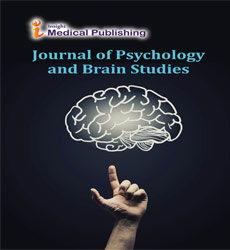Prediabetes and cardiovascular parameters in obese children and adolescents
Abstract
Objective: The aim of this study was to evaluate the prediabetic obese children and adolescents with cardiovascular risk and cardiac functions. Few study in the literature showing the relationship of cardiac function and prediabetes clinic in childhood. Methods: Study was performed with 198 obese children and adolescents 6-18 years of age. Anthropometric measurements, blood pressure measurements, oral glucose tolerance test, lipid profile and HbA1c measurements of patients were assessed. Prediabetes was defined according to ADA criteria. Left ventricular mass index (L V M I), carotid intima-media thickness (c-IMT) and tissue Doppler measurements were evaluated by echocardiography. Results: LVMi was determined significantly higher in prediabetes group (p=0.03). There were no statistically significant differences in right ventricular tissue Doppler measurements in the prediabetic group. Left ventricular tissue Doppler measurements were significantly higher in the group prediabetes. LVEEM (left ventricular E/e ratio) (p=0.04); LVEM (left ventricular myocardial velocity cm/s n) (p=0.035). LVMi were found to positively correlated with triglyceride levels, blood pressure, waist circumference, body weight SDS and negatively with HDL cholesterol (p=0.043, p=0.039, p=0.025, p=0.009, p=0.038 respectively). LVEM was correlated with glucose (p=0.046) and LVEEM was correlated with systolic blood pressure (p=0.035). In linear regression analysis for clinical cardiovascular risk factors fasting glucose was the best predictor of LVEM.
Open Access Journals
- Aquaculture & Veterinary Science
- Chemistry & Chemical Sciences
- Clinical Sciences
- Engineering
- General Science
- Genetics & Molecular Biology
- Health Care & Nursing
- Immunology & Microbiology
- Materials Science
- Mathematics & Physics
- Medical Sciences
- Neurology & Psychiatry
- Oncology & Cancer Science
- Pharmaceutical Sciences
